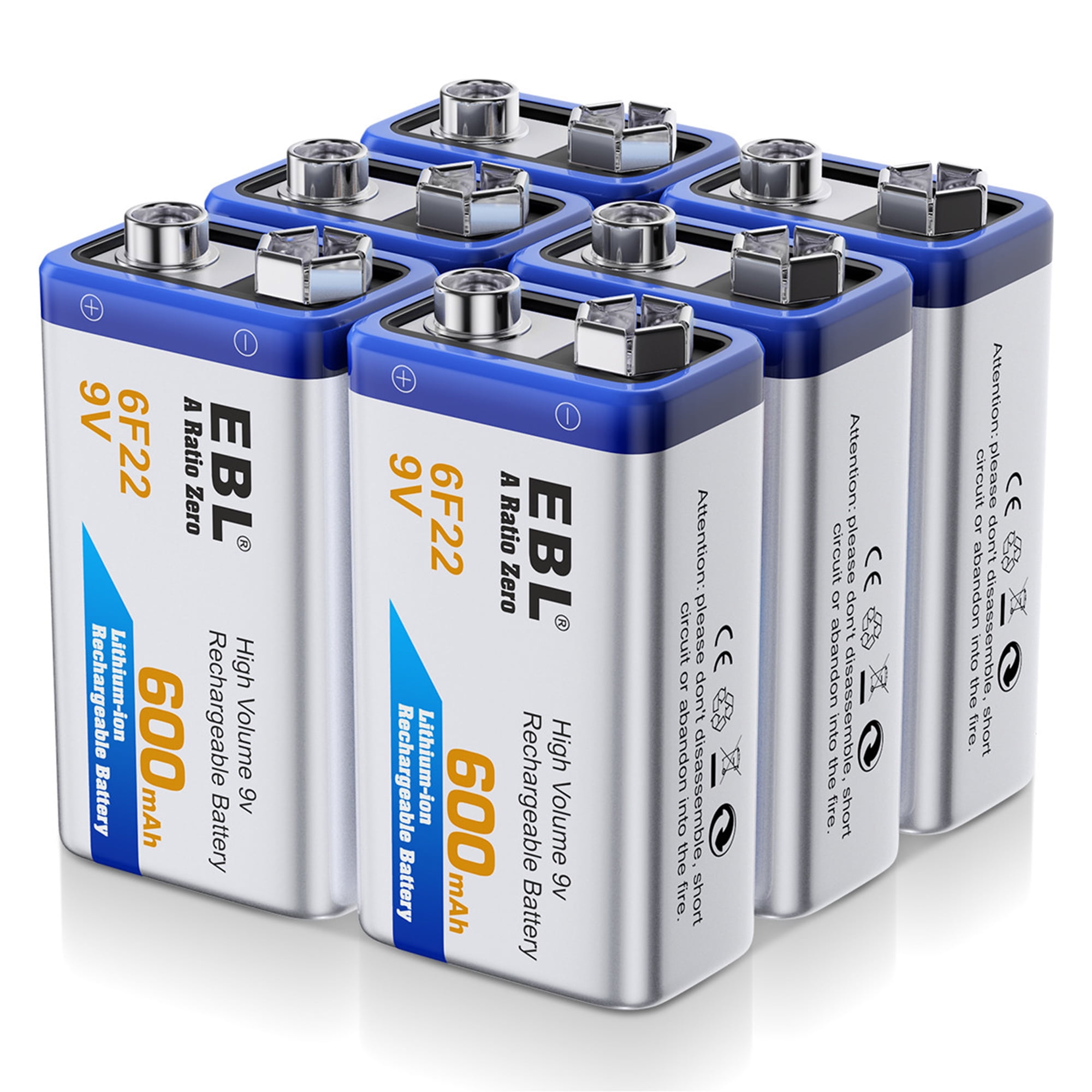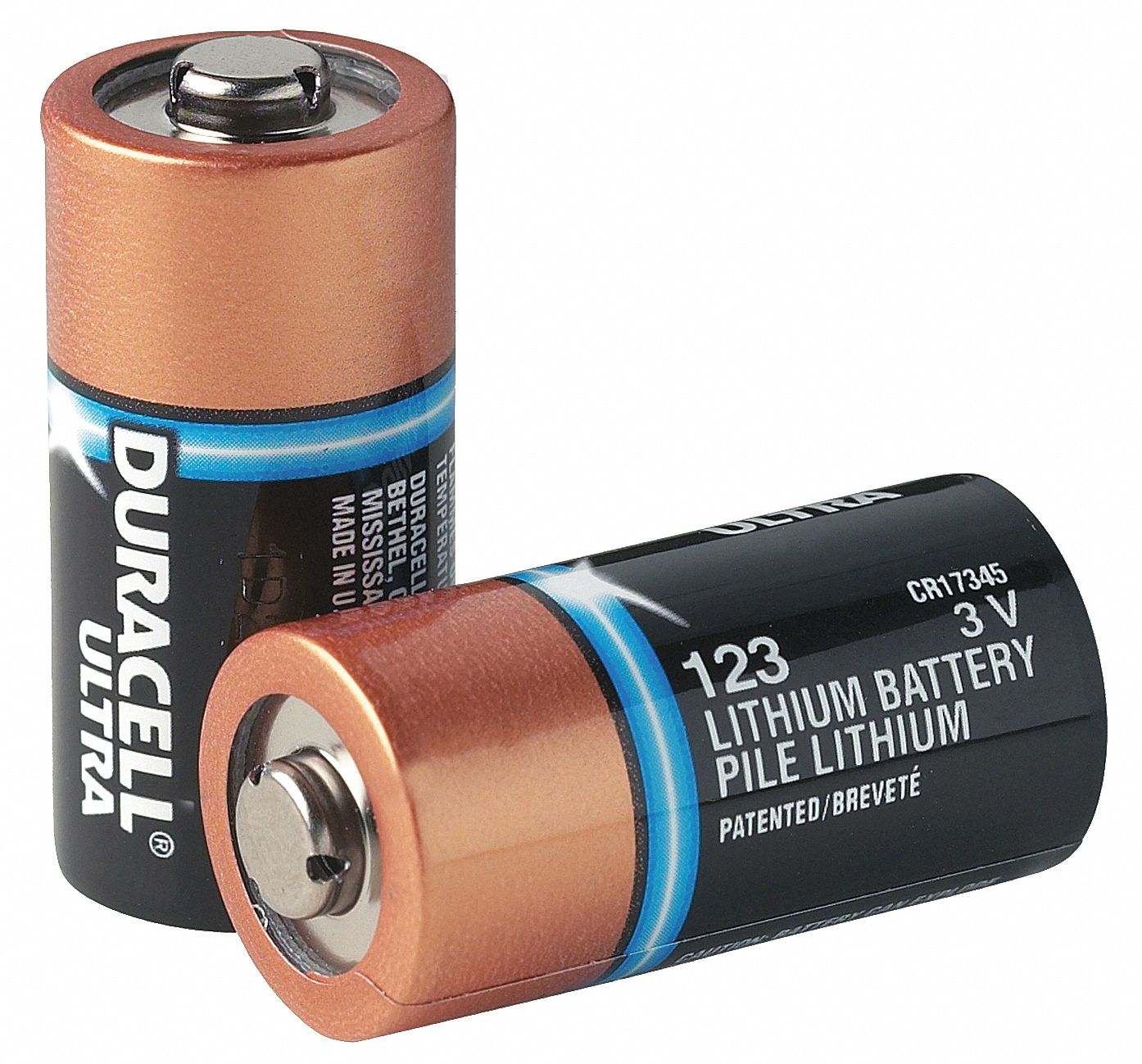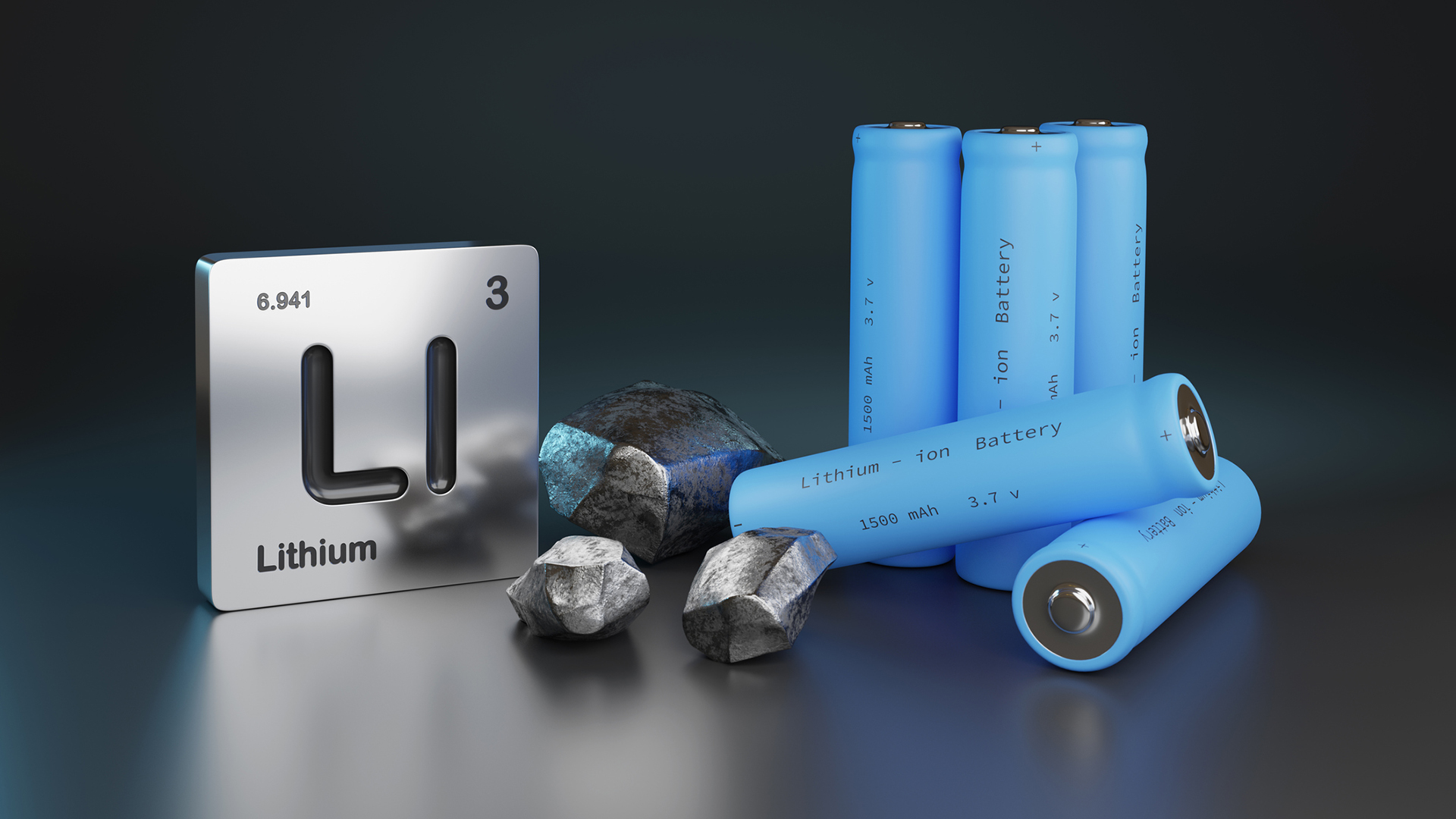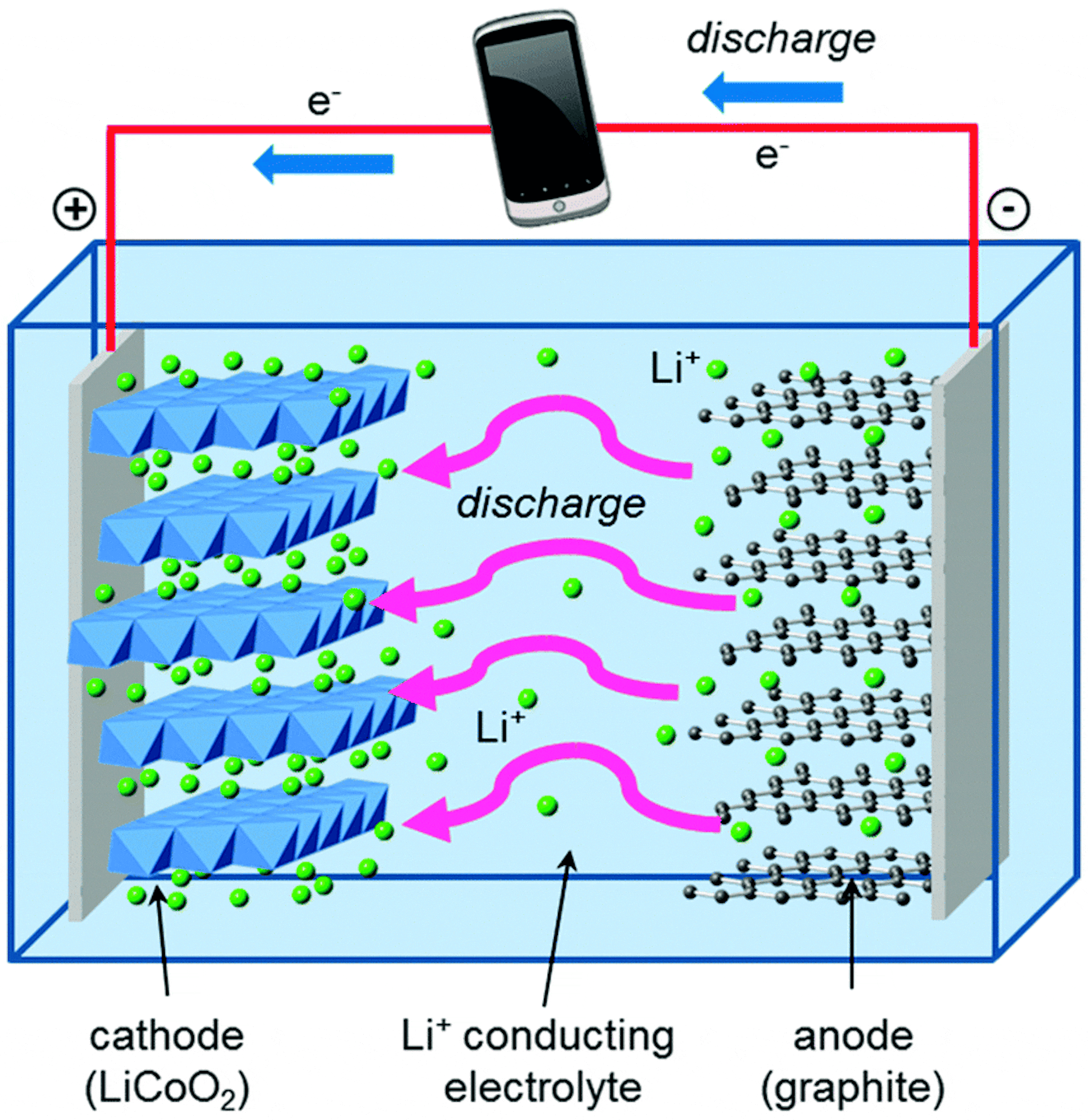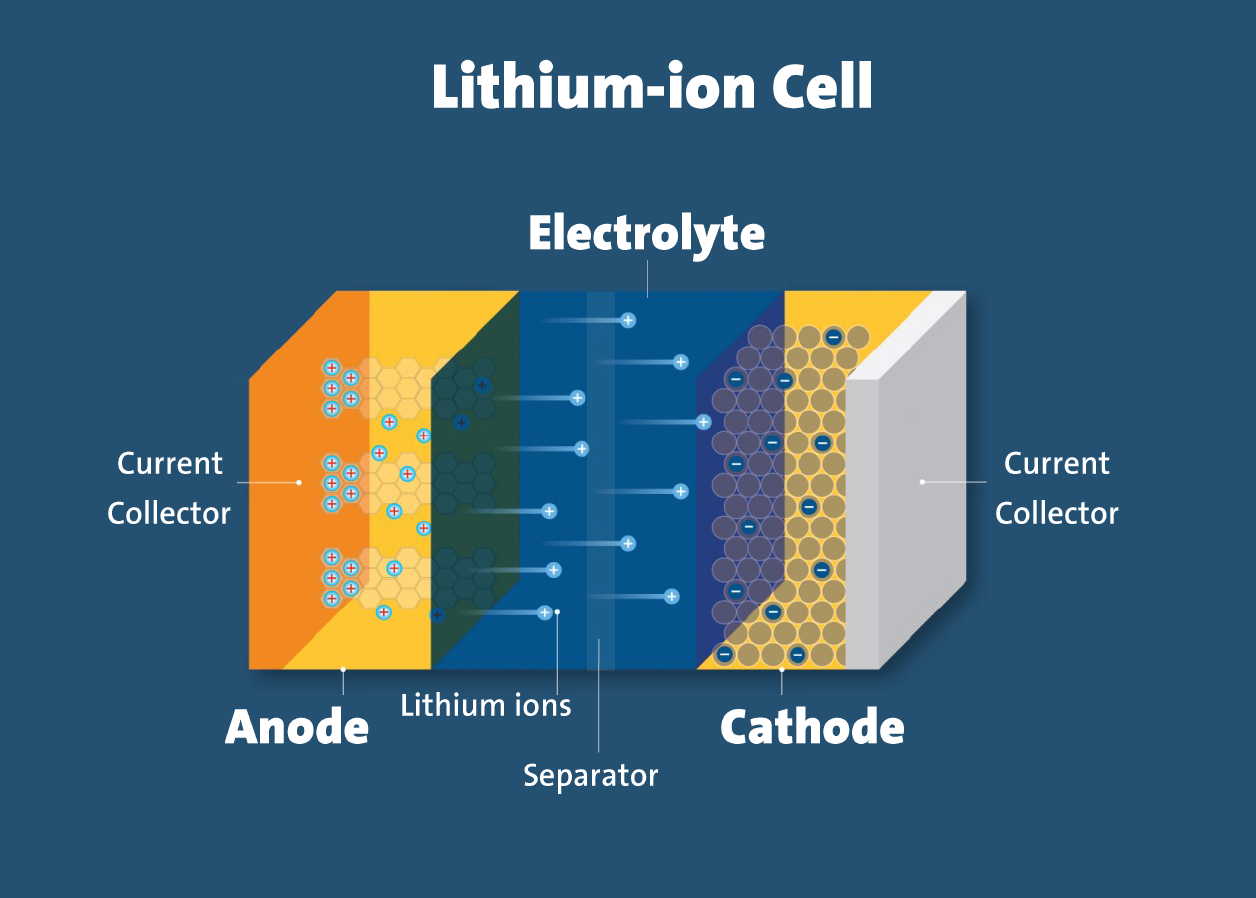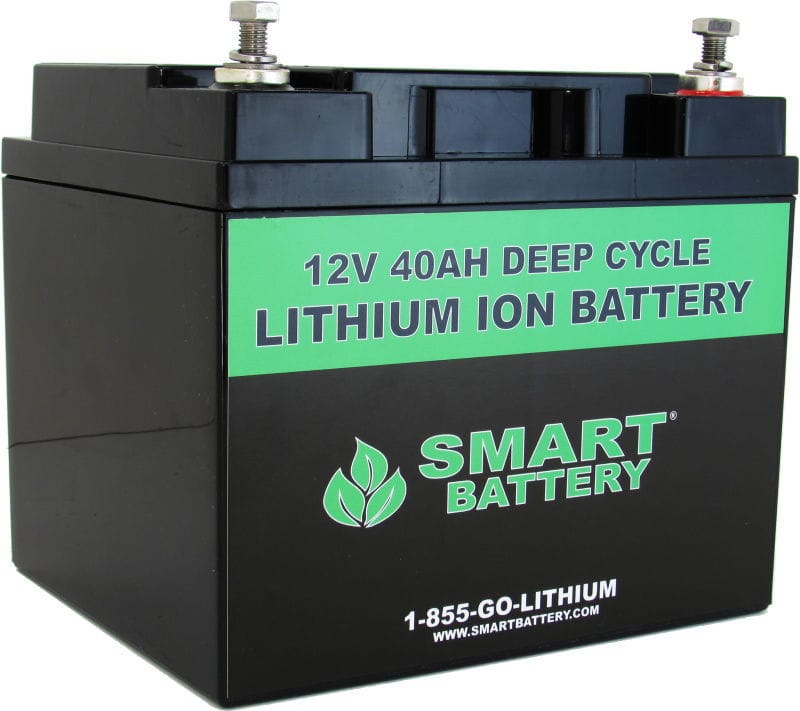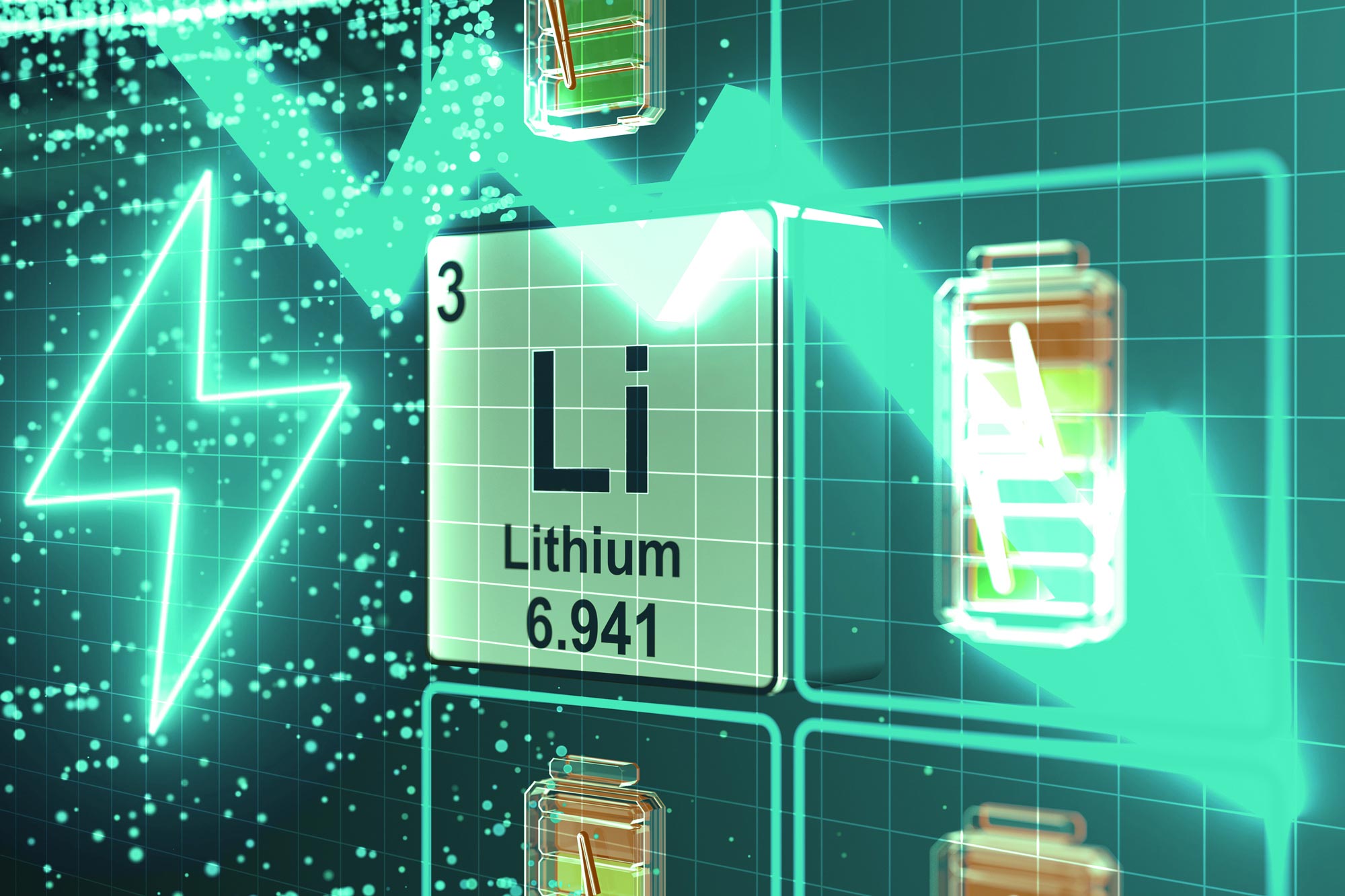Lithium-Ion Batteries: The Double-Edged Sword of Energy Storage
Lithium-ion batteries have revolutionized the way we store energy, from powering our smartphones to propelling electric vehicles. However, these energy-dense powerhouses also pose a significant challenge in predicting their lifespan. The nonlinear nature of capacity degradation, coupled with the uncertainty of operating conditions, makes it difficult to accurately forecast lithium-ion battery life. A recent study proposed a deep learning approach to tackle this issue, while a separate incident highlighted the risks associated with these batteries.
Capacity Degradation: The Achilles' Heel of Lithium-Ion Batteries
Lithium-ion battery capacity degrades over time due to various factors, including charge cycles, depth of discharge, and environmental conditions. The capacity degradation pathway is nonlinear, meaning that small changes in operating conditions can result in significant deviations from the expected lifespan. This nonlinear behavior makes it challenging to develop models that accurately predict battery life. Furthermore, the uncertainty associated with operating conditions, such as temperature and humidity, adds another layer of complexity to the problem.
Researchers have proposed various approaches to address this challenge, including the use of machine learning algorithms. A recent study demonstrated the effectiveness of a deep learning approach in predicting lithium-ion battery life. By leveraging the complex patterns in the data, the deep learning model was able to learn the relationships between the battery's operational parameters and its capacity degradation.
The Threat of Lithium-Ion Battery Fires
While researchers are working to improve the predictability of lithium-ion battery life, a recent incident in Fargo highlights the risks associated with these batteries. A lithium-ion battery was reported to have caused an apartment fire, prompting authorities to issue a warning about the dangers of these energy storage devices. While the exact cause of the fire is still under investigation, it serves as a stark reminder of the potential risks associated with lithium-ion batteries.
The risks of lithium-ion battery fires are not unique to Fargo. Reports of battery-related fires and explosions have been increasing worldwide, highlighting the need for improved safety measures and regulations. As the demand for lithium-ion batteries continues to grow, it is essential that manufacturers and policymakers prioritize research and development to mitigate these risks.
A Call to Action: Balancing Innovation with Safety
The lithium-ion battery industry must balance the pursuit of innovation with a commitment to safety. By investing in research and development, manufacturers can improve the predictability of battery life and reduce the risk of fires and explosions. Policymakers must also play a crucial role by implementing regulations that prioritize safety and accountability.
As the world continues to rely on lithium-ion batteries to power our daily lives, it is essential that we acknowledge the risks associated with these energy storage devices. By working together to develop safer, more reliable batteries, we can unlock the full potential of lithium-ion technology while minimizing its risks.
#Science

